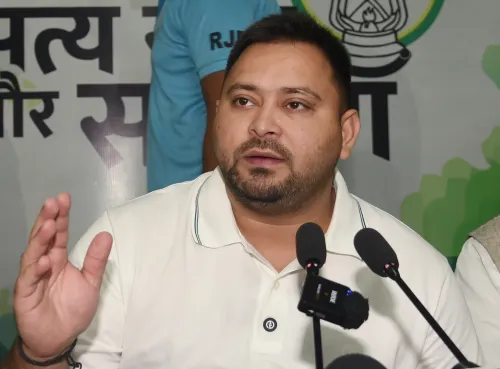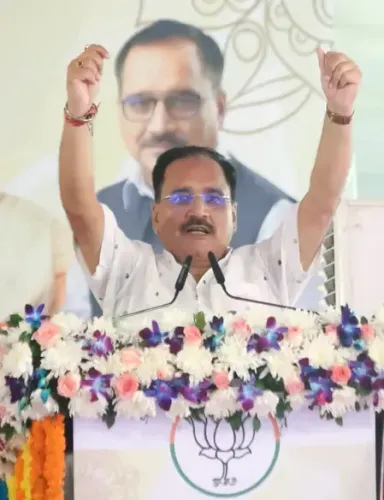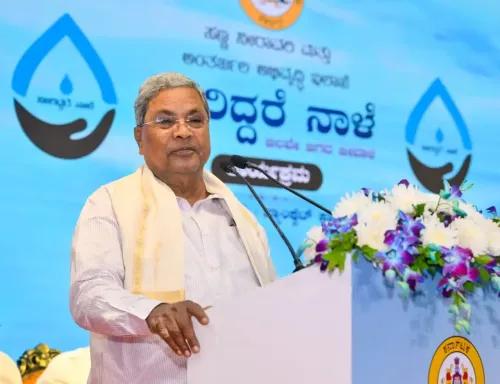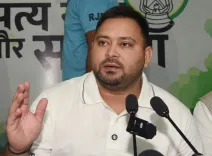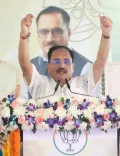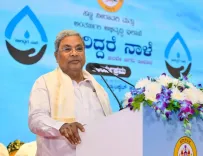How Much Has the Government Sanctioned for Electrification?
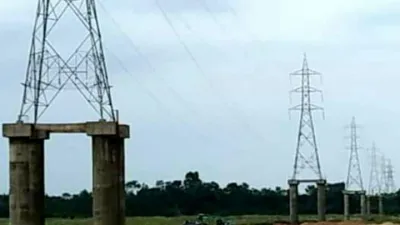
Synopsis
Key Takeaways
- The government is investing Rs 6,487 crore for electrification.
- 13.59 lakh households will benefit from this initiative.
- The Revamped Distribution Sector Scheme (RDSS) targets overlooked households.
- Focus is on vulnerable communities and remote areas.
- Renewable energy projects are being promoted alongside traditional grid connections.
New Delhi, Aug 18 (NationPress) The government has sanctioned a total of Rs 6,487 crore under the Revamped Distribution Sector Scheme (RDSS) to provide electricity to 13.59 lakh households throughout the nation, as reported to Parliament on Monday.
This initiative aims to guarantee that every family, even in the most isolated areas, can access electricity, stated Shripad Yesso Naik, the Minister of State for Power, in a written response to a query in the Rajya Sabha.
The RDSS is focused on addressing households that have been overlooked based on surveys conducted by utility companies.
Included in this initiative are families from the Particularly Vulnerable Tribal Group (PVTG) under PM-JANMAN, tribal households benefiting from the Dharti Aaba Janjatiya Gram Utkarsh Abhiyan (DA-JGUA), Scheduled Caste households under PM-AJAY, and families living in remote and border locations through the Vibrant Village Programme.
In addition to grid connections, the government is advocating for renewable energy solutions. Under the New Solar Power Scheme, projects worth Rs 50 crore have been authorized to supply off-grid solar power to 9,961 households as of June 30.
This announcement follows the success of the Pradhan Mantri Sahaj Bijli Har Ghar Yojana (SAUBHAGYA), which was launched in October 2017.
The program concluded on March 31, 2022, having provided electricity to approximately 2.86 crore households across India.
Uttar Pradesh led the charge, electrifying 91.8 lakh households. Bihar followed with 32.5 lakh, while Madhya Pradesh (19.8 lakh), Rajasthan (21.2 lakh), and Odisha (24.5 lakh) also made significant advancements.
Smaller states also made impressive progress -- Sikkim electrified 14,900 households, Mizoram 27,970, and Himachal Pradesh 12,891, ensuring that even remote hill regions were not overlooked.
Other key contributors included Assam (23.2 lakh), Jharkhand (17.3 lakh), Maharashtra (15.1 lakh), West Bengal (7.3 lakh), and Chhattisgarh (7.9 lakh).
Naik reiterated that the government is dedicated to ensuring electricity access for every willing household.
He emphasized that a dependable and sustainable power supply is crucial not only for enhancing the quality of life but also for fostering education, healthcare, and economic opportunities in rural and tribal communities.

